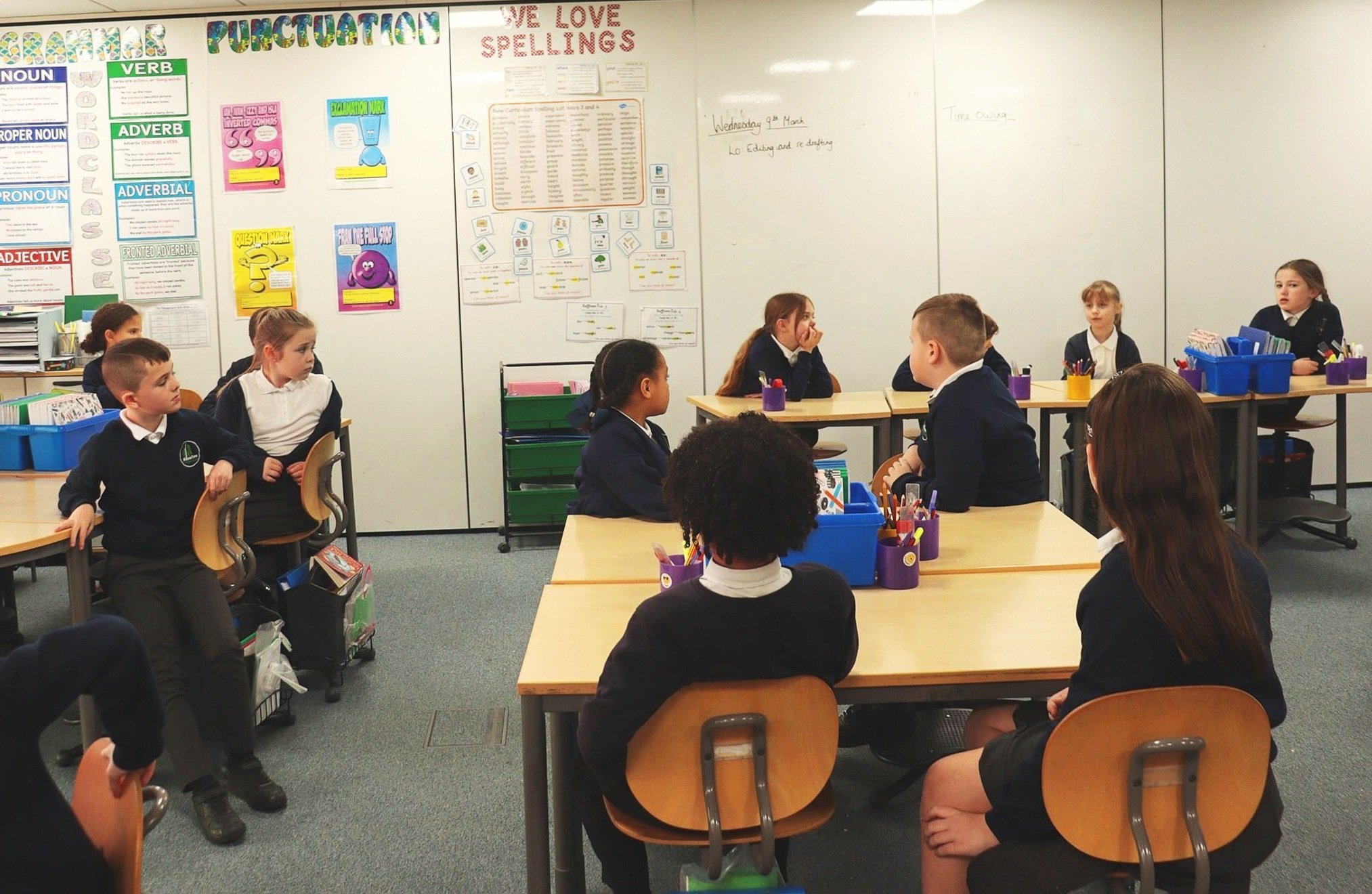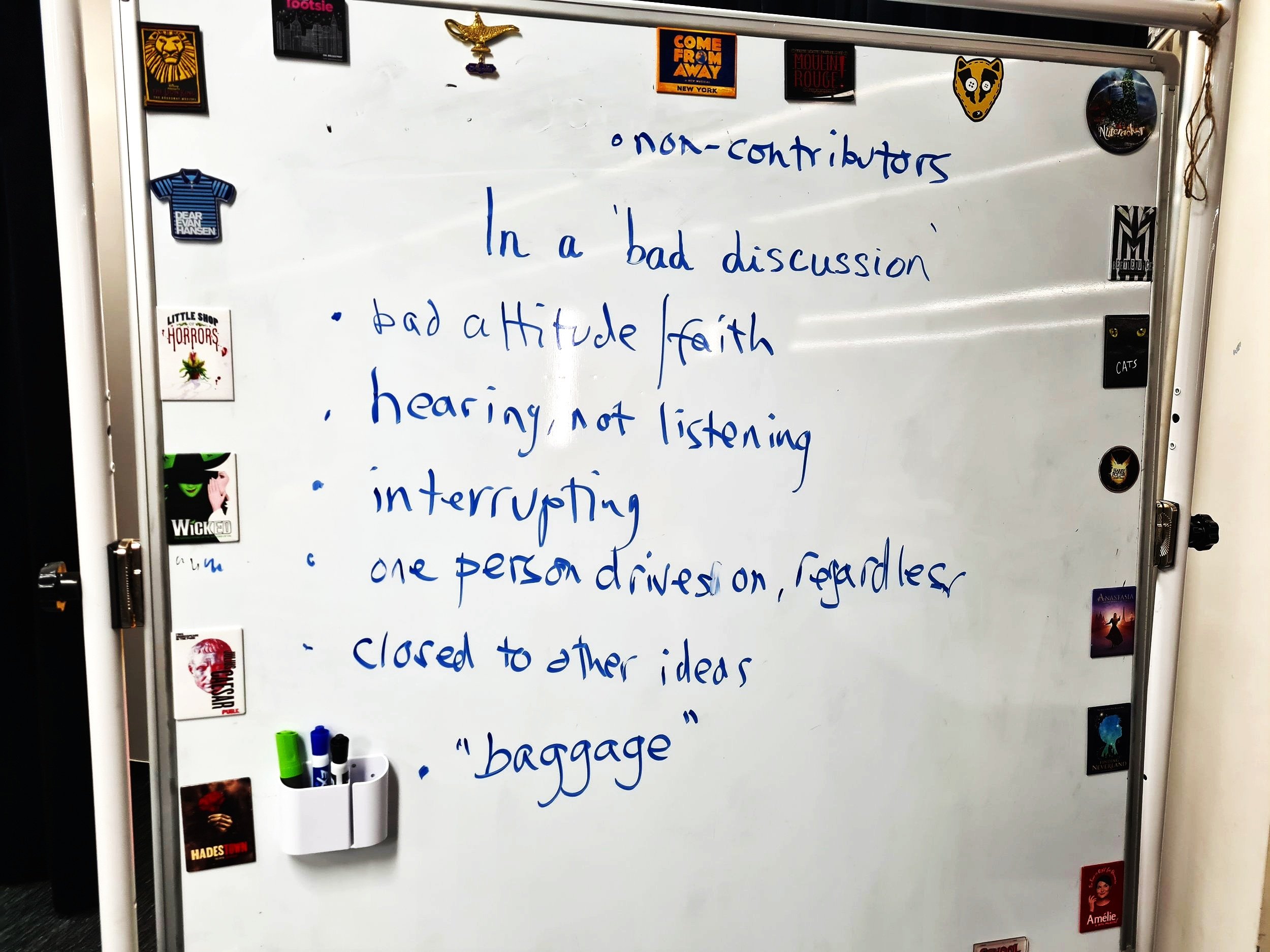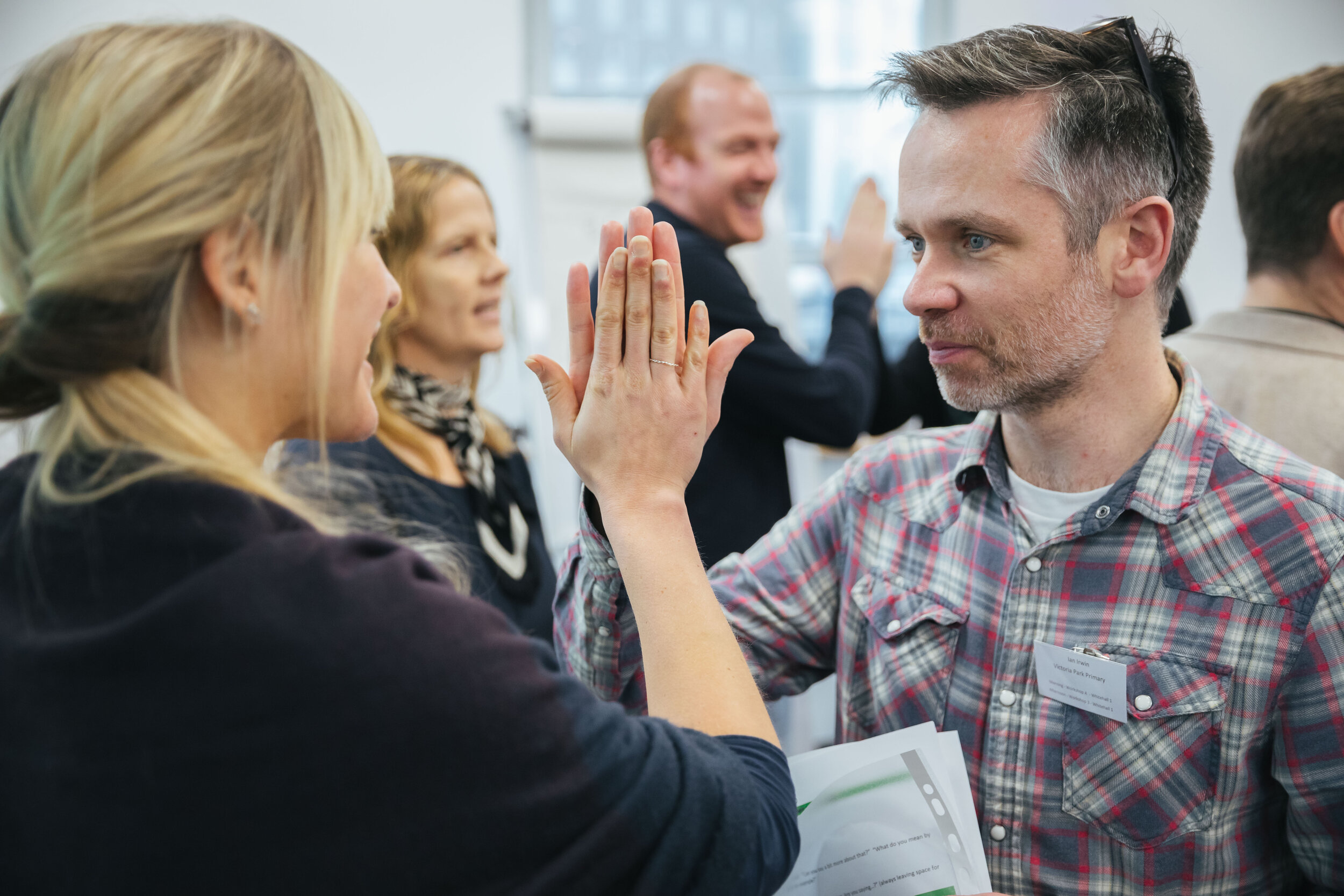
“This is a room inside the castle. When you look out of the window, you can see the lake and the mountains.” – Age 4
Sometimes we make assumptions about what children can or can’t do.
I’ll always remember a particular moment when a four-year-old surprised me with his thinking. I’d asked some children to group a selection of postcards. I was interested to know what groups they would form, how they would label each group, and what their reasoning would be.
When I looked at their groups of postcards, it was fairly easy to understand most children’s reasoning. For example, their groups were ‘Houses’, ‘Flowers and trees’, and so on.
But one child had grouped his cards in a way that confused me (see photo). My first reaction was that he mustn’t have understood the task. Why had he grouped three seemingly unrelated cards? His three cards showed a grand room, a coastline, and a mountain scene with a castle.
I asked him Why do these cards go together? I was stunned by his eloquent response: This is a room inside the castle. When you look out of the window, you can see the lake and the mountains.
It was an important reminder to really listen and try to understand a child’s thinking, rather than assume they haven’t succeeded.
An opportunity to take your teaching to the next level
Pupil voice about whole-class talk in Reading lessons
The importance of taking a moment to look and listen carefully
Examples showing how you can start using the Thinking Moves A-Z to gain the benefits of metacognition for your pupils
Encouraging pupils to think more deeply in reflection and talk time
Four development opportunities including P4C Level 1, Pedagogy, Talk for TAs.
A way of working which starts from core values. It encourages children to reflect, listen to each other and express their thoughts and feelings.
Children continually reflecting on their learning and selecting the right level of challenge.
















